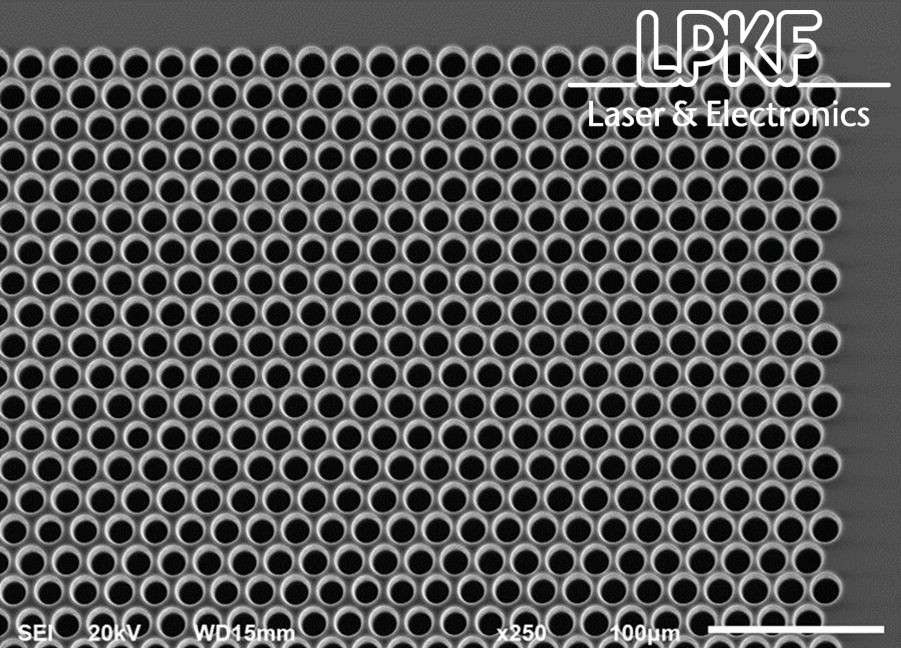| Duration: | 11/2018 - 10/2021 |
| Contracting Authority/ Sponsors: | Federal Ministry for Economic Affairs and Energy (BMWi) |
| Project Partners: | LPKF Laser & Electronics AG, Christian Koenen GmbH Assoziierte Partner: Wickon Hightech s.r.o. |
| Project Focus: |
INNOMET – Development of Innovative Printing Technologies for Fine Line Metallization of Si Solar Cells
Today's research in the field of silicon solar cell technology focuses on the targeted new and further development of individual processes with the aim of increasing solar cell efficiency and reducing production costs. The outlined research project aims at significantly improving the front side metallization process as a key technology for the production of silicon solar cells. To this end, the established stencil printing technology is to be addressed. The technological limits of the printing process as well as the printing form including the structured stencil are to be shifted in the direction of narrower contact widths (<20µm) with sufficient contact height. At the same time, the process costs in EUR/Wp are to be further reduced.
The goal of the project INNOMET is the realization of front side contacts for silicon solar cells with sufficient lateral conductivity, small finger width of <20 µm and the smallest possible variations in finger width, finger height and cross-sectional. These requirements can currently neither be achieved with the classical screen printing process (stainless steel mesh with emulsion) nor with stencil printing (laser-machined stainless steel foils). The desired solution is based on the use of structured glass foils as stencils which can be processed applying a novel process with high resolution and productivity. Peak values of 15µm printed contact width shall be demonstrated. The suitability for mass production of the developed printing forms and the associated printing processes will be examined continuously within the project. In addition to classic stencil printing, the multi-nozzle dispensing process developed in the GECKO project (indicator: 0325404) is used as a further printing technology for which structured glass foils are to be developed and evaluated as a cost-effective alternative to photolithographically produced nozzle plates. A further component of the research project is the development of a continuous print image control with 3D data acquisition for monitoring the printed contact geometry of the printing process. The correlation between pressure parameters and contact geometry plays an important role for the process development. The project will also focus on cell concepts that do not require printed busbars and thus enable significant Ag savings resulting in significant advantages for stencil printing. The reduction of process costs in €/Wp (10-20% Ag savings) is another goal of the project which is continuously monitored. The work planned in the project is based on the results of the current project FINALE (indicator: 0324098B) and addresses the further development of screen and stencil printing technology.
